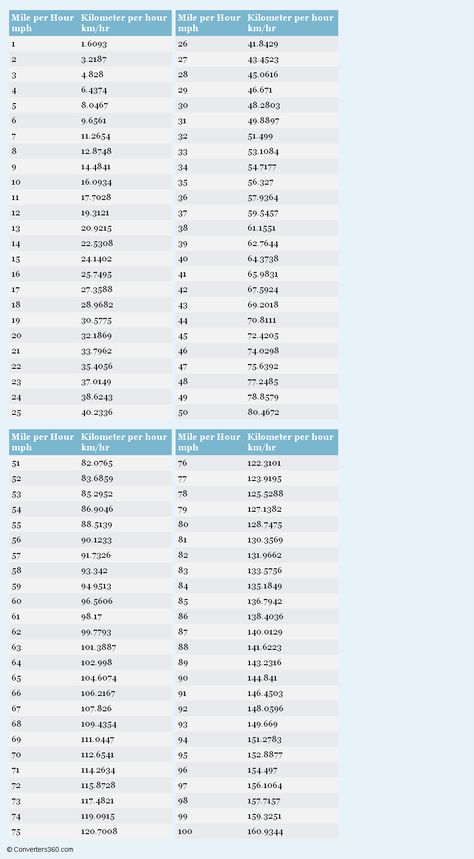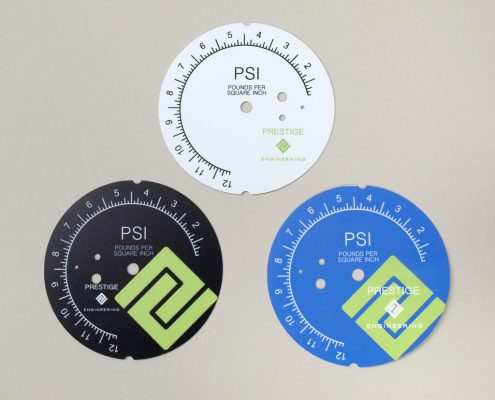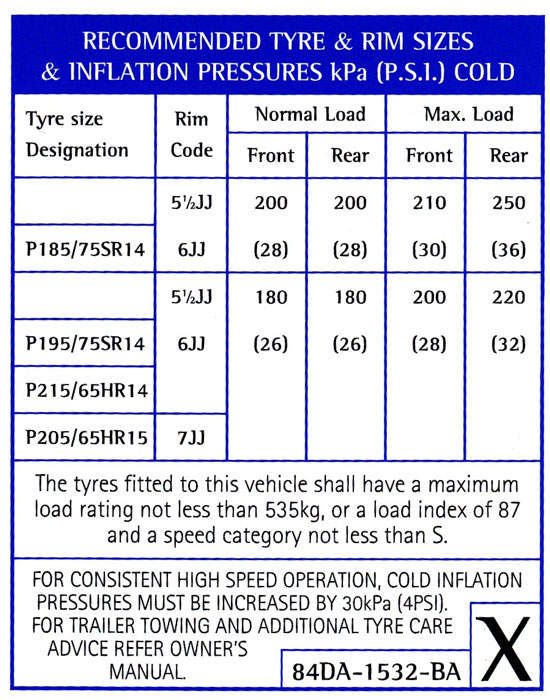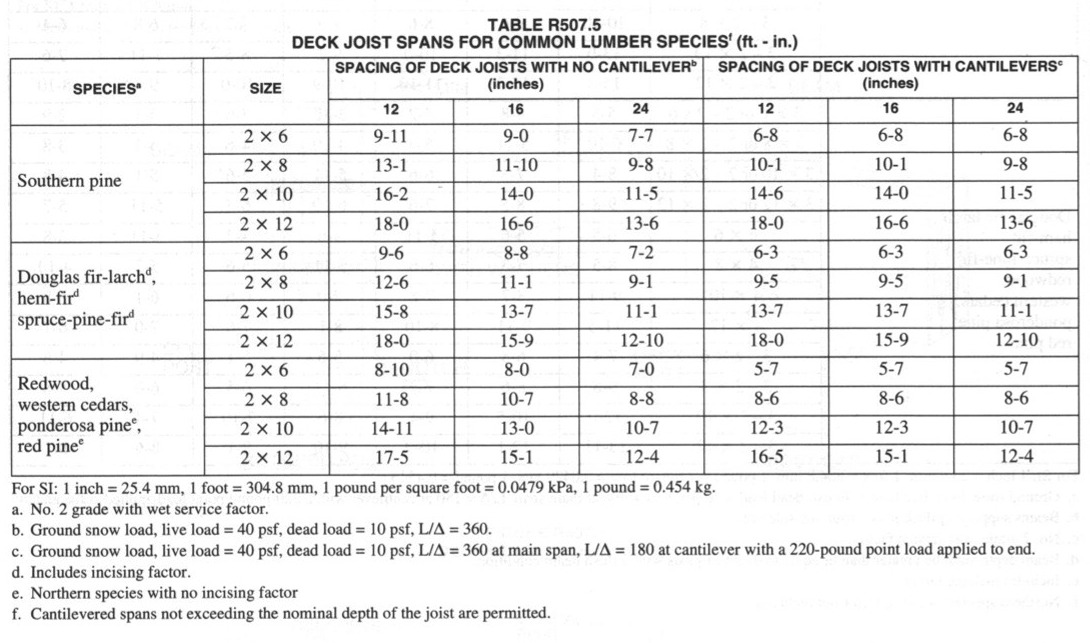A low-ground-pressure ATV looks a bit like an army tank. With 16 wheels and a low body frame, these unique vehicles can travel across a wide variety of remote and extreme environments. Low-Ground-Pressure ATV’s are essential in moving supplies safely with little impact along the precious Alaska terrain.
Here’s what you need to know about these versatile vehicles:
A standard passenger car has a ground pressure of approximately 30 psi. Psi’s are a measurement of Pascals, which are the US’s customary units of pounds per square inch. A low-ground-pressure ATV (Which are quite larger than a passenger car!) only rings in at 14 psi. This means the weight is distributed more evenly throughout the vehicle. Due to this, low-ground-pressure ATV’s can go over extreme terrain without a large imbalance of weight.
Unlike passenger cars and cargo trucks, these ATV’s can maneuver through places that are not accessible to traditional vehicles.
Besides the large frame, one of the most notable things about the low-ground-pressure ATV is their wheels. Instead of standard wheels, you’d see on cargo trucks, these “wheels” are known as rubber bags. They can be inflated or deflated, depending on the payload and the weather. They are also very wide, measuring at 68 inches across.
The reason why these rubber bag wheels work so well is the rollers they are placed on. The rollers help ensure that if they get stuck, the tires won’t be spinning further into the ground. It would instead just spin on top of the bag. Low-ground-pressure ATV’s often work in groups, so if one vehicle gets stuck, another one can pull it out.
The Alaska Department of Natural Resources (ADNR) has tundra travel requirements in which large vehicles can’t travel overland unless there are 6-12 inches of snowfall. But because of the way the low-ground-pressure ATV’s work with minimum impact, they have been approved to travel throughout the summer as well.
Custom-built low-ground-pressure ATV’s like the ones made by Busby Marine for Peak Oilfield Service Co. are made to handle up to 100,000 pounds of payload. That means they can carry things like other trucks, heavy machinery for construction or the oil industry, and more. In other words, these types of vehicles can carry pretty much anything. They just adjust their wheels to handle the load and the location.
Due to the wide wheels and equal weight distribution, low-ground-pressure ATV’s are uniquely qualified for packing down ice roads. Driving along the pre-planned ice road route, these vehicles can pack down the snow more efficiently than a natural freezing process would. These ice roads then meet the conditions for other industries that are trying to move in and out of the tundra.
In short, low-ground-pressure ATV’s help a wide variety of people and industries maneuver throughout the wild Alaskan landscape.
Curious if anyone has measured the contact area of the tires or have seen any numbers for ground pressure on a FMTV or LMTV?
I've done some searching but haven't found anything useful yet.
I wonder how this is "officially" calculated? It's not like the contact patch is a constant. Do they measure aired down? on what surface? I mean concrete will give a smaller contact patch than soft dirt.
Seems like a bit of a moving target, hopefully someone has the answer.
For sure. I'm interested in hard packed gravel or pavement. If there aren't any published numbers I may see if I can make a contact patch print to use as a starting point to calculate it.
I'm interested in hard packed gravel or pavement. If there aren't any published numbers I may see if I can make a contact patch print to use as a starting point to calculate it.
The Goodyear military tire brochure list footprint area for the MVT’s at 95PSI(155 sq/in), 55PSI(174 sq/in) and 40PSI(220 sq/in). So a 20,000 pound LMTV would deliver 32.2, 28.7 and 22.7 pounds per sq/in to the ground at those respective tire pressures?
While I am sure there is a dusty document somewhere that contains a nice chart of the data you are seeking, I am sorry to say I do not have it. 2 = 18.5 pounds per square inch
2 = 18.5 pounds per square inch
If you reduce the tire pressure using CTIS you will also increase the tire surface area and decrease ground pressure.
The numbers are not very useful unless you have something to compare.
| Object | Ground pressure (kPa) | (psi) |
|---|---|---|
| Hovercraft | 0.7 kPa | 0.1 psi |
| Human on snowshoes | 3.5 | 0.5 |
| Rubber-tracked ATV | 5.165 | 0.75 |
| Wheeled ATV | 13.8 | 2 |
| Diedrich D-50 – T2 drilling rig | 26.2 | 3.8 |
| Human male | 55 | 8 |
| M1 Abrams tank | 103 | 15 |
| 1993 Toyota 4Runner / Hilux Surf | 170 | 25 |
| Adult horse (550 kg, 1250 lb) | 170 | 25 |
| Bagger 288 excavation machine | 170 | 25 |
| Passenger car | 205 | 30 |
| Adult elephant | 240 | 35 |
| Mountain Bicycle | 245 | 40 |
| Road racing bicycle | 620 | 90 |
| Stiletto heel | 3,250 | 471 |
I can tell you from experience, I have driven my loaded LMTV across a muddy area without sinking in more than 2 inches and never spun a tire. If I had driven my 4x4 F550 dump truck that weighs 10,000 lbs empty across that same mud I would have been badly stuck.
If I had driven my 4x4 F550 dump truck that weighs 10,000 lbs empty across that same mud I would have been badly stuck.
I have also driven in deep snow up to 40" deep and not even come close to getting stuck. In snow, you have to watch the snow conditions. Traction is best when it it well below freezing. I like it best when it is below 20F, sub zero is even better.
I have driven on muddy roads and driveways and I leave less of a rut than a car or light pickup truck. I have used the LMTV to flatten out rutted driveways with the wide tires. Under the right conditions it can do a pretty good job.
In the spring in Vermont the roads begin to thaw from the top down. So you get a layer of mud on top of frozen ground. The frost can easily reach 6 feet deep and the mud layer forms on top. Under these conditions even the best gravel can turn to into complete mush. A road that was solid one day can quickly thaw and become impassable to almost any vehicle. Vermont towns will "post" the roads in spring conditions limiting the weight of vehicles on 2 axles to 15,000lbs in an efforts to protect the roads from damage. So when a road is posted I am not supposed to drive on it with my truck even though the LMTV has less ground pressure than a car or light truck. The law was not written with high floatation tires (low ground pressure) in mind. I spoke with my town road manager and showed him the truck and he said he would not mind if I drove on the roads in the spring with the LMTV as long as I used common sense. That won't help in another town but at least it is a start. Oops, I should say for those who have not been to Vermont, we have more miles of unpaved roads than paved roads. Both, paved and unpaved roads are "posted" in spring.
So when a road is posted I am not supposed to drive on it with my truck even though the LMTV has less ground pressure than a car or light truck. The law was not written with high floatation tires (low ground pressure) in mind. I spoke with my town road manager and showed him the truck and he said he would not mind if I drove on the roads in the spring with the LMTV as long as I used common sense. That won't help in another town but at least it is a start. Oops, I should say for those who have not been to Vermont, we have more miles of unpaved roads than paved roads. Both, paved and unpaved roads are "posted" in spring.
I don't know the ground pressure, but I can tell you that adjusting the CTIS mode drastically affects it. For example, in soft sand the tires will dig a lot (e.g. it feels like 2-3 rotations of the tire for what should be 1 rotation's worth of forward motion), and when you hit the Sand mode on the CTIS it's just driving normal again.
Acela has a nice CTIS guide with some pictures, and sources listed. Knowing that most of Acela's other documentation is borrowed from military documentation, it's probably out there (if it's not one of the listed sources). https://assets.website-files.com/59...Inflation Systems (CTIS) Explained 220227.pdf
Awesomeness said:
I don't know the ground pressure, but I can tell you that adjusting the CTIS mode drastically affects it. For example, in soft sand the tires will dig a lot (e.g. it feels like 2-3 rotations of the tire for what should be 1 rotation's worth of forward motion), and when you hit the Sand mode on the CTIS it's just driving normal again.
Acela has a nice CTIS guide with some pictures, and sources listed. Knowing that most of Acela's other documentation is borrowed from military documentation, it's probably out there (if it's not one of the listed sources).
https://assets.website-files.com/5903c3c12540264c1656022d/621fc6c450a32e259722909f_ACELA - Central Tire Inflation Systems (CTIS) Explained 220227.pdf
Click to expand...
.
Wow 3 pages of reading that completely explains what CTIS does and the very basics of how it works... Pretty amazing.
The pictures in the PDF show a lot about the tire footprint
Lifted the picture below from the ACELA document:
.
Yep, thats what it does for you…
Mullaney said:
.
Wow 3 pages of reading that completely explains what CTIS does and the very basics of how it works... Pretty amazing.
The pictures in the PDF show a lot about the tire footprint
Lifted the picture below from the ACELA document:View attachment 860702
.
Click to expand...
not that it is of any importance really... those pics are of a Unimog document....
coachgeo said:
not that it is of any importance really... those pics are of a Unimog document....
Click to expand...
Good find. I knew the pictures weren't from an LMTV - tires aren't right, and there is a step in the picture - but I wasn't sure what it was from.
Here's a PDF copy.
Central Tire Inflation System. Mercedes-Benz Military Vehicles..pdf
Mercedes-Benz Military Vehicles..pdf
586.6 KB Views: 2
coachgeo said:
not that it is of any importance really... those pics are of a Unimog document....
Click to expand...
.
Agreed that it is different from what we have, but the idea is there. Especially for the newer guys and this will get them a running start...
Tire pressure affects the flotation, stability, handling and smoothness of the ATV. Therefore, it is important to adhere to the optimal parameters, which depend on the type of coating and load. What pressure is recommended for CFMOTO ATVs - we will tell in the article.
CFMOTO indicates the recommended pressure in kilopascals (kPa). 1 kPa equals 0.0098 atmospheres (atm) or 0.145 pounds-force per square inch (psi). It is important not to confuse these units of measurement when inflating tires.
1 kPa equals 0.0098 atmospheres (atm) or 0.145 pounds-force per square inch (psi). It is important not to confuse these units of measurement when inflating tires.
The recommended tire pressure for CFMOTO ATV is indicated in the instruction manual and on the vehicle itself in the area of the left rear fender.
Tires are marked with the maximum pressure they can withstand.
Low tire pressure improves off-road capability, allowing the ATV to sink less in mud, swamp, snow or sand. This is due to the fact that the contact patch of the tire with the surface increases, and the specific pressure on the ground decreases. In addition, poorly inflated tires are less “blurred” with dirt, more easily leave the rut and roll over obstacles such as trees, stumps or large stones lying on the road.
Most CFMOTO ATVs are equipped with ANCLA tires, the normal pressure of which, according to the manufacturer, is 45 kPa. This is sufficient for off-road routes. A reasonable lower limit is up to 35 kPa. It is possible to bleed even more air only if there are beadlocks - devices that securely press the tire to the side of the disk.
This is sufficient for off-road routes. A reasonable lower limit is up to 35 kPa. It is possible to bleed even more air only if there are beadlocks - devices that securely press the tire to the side of the disk.
All-terrain vehicle tires with a car seat must have a higher pressure - from 70 kPa, the exact parameters depend on the model.
If the pressure is too low:
It is best to inflate your tires before long trips on asphalt or other hard surfaces. This will increase stability and control in corners and on a straight line - due to less deformation of the rubber. In addition, the tread will not wear out as much.
The pressure should also be increased when transporting a heavy load and a passenger.
Optimum tire pressure for a CFMOTO ATV with a motorcycle seat when driving on asphalt is 70-90 kPa.
If the pressure is too high:
It is advisable to do this before each ride - when the tire is cold. You will need a low pressure gauge to check. When using a conventional car, there will be a large error.
The recommended tire pressure for CFMOTO ATVs is 45 kPa. For all-terrain vehicles (SSV), the optimal parameters are different - more than 70 kPa. Before carrying a passenger and a heavy load or a long drive on asphalt, you can pump more.
If the pressure is too low, there is a risk of breakage, deterioration of handling and stability. If it is too high, it becomes uncomfortable to ride, all the bumps in the road are felt, the load on the suspension and steering increases.
If it is too high, it becomes uncomfortable to ride, all the bumps in the road are felt, the load on the suspension and steering increases.
EN ES PT EN FR
Oops... Javascript not found.
Sorry, JavaScript is disabled or does not support JavaScript in your browser.
Unfortunately, this site cannot work without JavaScript. Check your browser settings, maybe JavaScript is turned off by accident?
| It's very simple: Need help? x This unit converter is very simple. Truth.
|
| ||||||||||||||||||||||||||||||||||||||||||||||||||||||||||||||||||||||||||||||||||||||||